Palaces of St. Petersburg
more than a year agoWe start with the Summer Palace, the oldest stone building in the city. It was built for the founder of this marvellous city himself, Peter the Great, way back in 1712. Unlike the other palaces, it is modest, personal and unusually cosy. Breathing in the stale air in this small dwelling, you can almost picture the great tsar himself sitting at his desk, planning his new city. Items of interest include Peter’s genuine Chinese coverlet (being a palace for summer use, there wasn’t any heating), the original marble sink and cobalt blue tiling in the lower kitchen, as well as a complicated clock and wind device carved from the wall in the study. Afterwards take a stroll in the splendid Summer Gardens and imagine the seven foot tall Peter walking around his gardens.
Situated on the Fontanka river, you come across the Sheremetev Palace. Commonly referred to as the Fountain House, due to the large number of fountains that once adorned its grounds, this stunning palace is now home to a variety of museums, including the Museum of Theatre and Music. Russia’s favourite female poet, Anna Akhmatova, lived here on and off in an annexed flat from 1926 to 1952, and a museum dedicated to her exists in the southern wing of the building. Built on a marshland plot granted in 1712 by Peter to Boris Sheremetev, one of his long-standing allies, the property was on the new city’s outskirts. By 1800, the wealthy Sheremetevs had amassed 800,000 hectares of land and at least 200,000 serfs, and are claimed by scholars to have been the biggest landowning family in the world. Each of the 360 doors in the Fountain House had its own chamberlain. Around this time, Nikolay Sheremetyev, Boris’s grandson, perhaps emboldened by his family’s immense wealth, threw legality to the wind and married his opera-diva serf, Praskovya. Their romance, just like an operatic plot, ended two years after the 1801 marriage when she died in childbirth.
Closer to Nevsky pr is the Mikhailovsky Palace, with its very own gardens. This palace houses the main section of the Russian Museum, holding one of the world’s greatest collections of Russian art. One of Carlo Rossi’s finest Neo-Classical creations, it was built in 1819-25 for fusty old Grand Duke Mikhail Pavlovich (the brother of Paul I) and his elegant wife Elena Pavlovna. Although currently under reconstruction, the palace is still well worth the visit for those interested in Russian art; the exhibition of early XIX Century paintings on the second floor is impressive.
Also part of the Russian museum, the Stroganov Palace is located on Nevsky prospect itself. Commissioned by the obscenely wealthy Count Sergey Stroganov, it was designed by the Italian architect Bartolomeo Rastrelli in 1752-4. The descendents of this affluent Count occupied the palace until the 1917 Revolution, when it was nationalized and turned into a museum exposing the life of the decadent aristocracy. The famed dish, beef stroganov (or stroganoff as it is more commonly called), is said to have originated in this very palace! The story goes that Count Pavel had lost his teeth and could no longer eat a steak. The tender beef stroganov was made especially for him as it was easier to chew. Being one of the city’s most impressive private residences, it is quite amusing that the view out onto Nevsky from the lavish windows is now the sign for KFC.
Heading onto the gorgeous Moika river, a leisurely 15-20 minute stroll takes you to the exceptional Yusupov Palace. While exquisitely maintained with the entire palace dripping with aristocratic charm, this palace is most famous for being the murder scene of the peasant turned religious-charlatan Grigory Rasputin in 1916. Sleazy Rasputin had many talents including being able to heal the haemophiliac son of Tsar Nicholas, the young Alexey. Felix Yusupov felt that Rasputin had too much influence over the royals and lured him to the Palace cellar (apparently Rasputin thought he was coming to dine with Felix’s wife). Poisoned cakes didn’t kill him. Shooting him four times didn’t either. So Felix and his gang threw him in the icy Neva. Good riddance!
St. Petersburg being the cultural hub that it is, this is by no means an exhaustive list. Other great palaces located in and around the centre include: Shuvalov’s Palace, Mikhailovsky Castle (Engineering castle), Marble Palace, Anichkov Palace (right on Nevsky), Vorontsov Palace and Beloselsky-Belozerskys Palace. Oh, and the Winter Palace!
Tips for pleasant palace viewing:
Check the opening times and days. Most palaces are closed on Tuesdays. Don't forget to look up as most palaces have magnificent paintings on the ceilings of each and every room.
/st-petersburg-en/mikhailovsky-palace-russian-museum_141314v
The Mikhailovsky Palace is the traditional epicentre of the Russian Museum, built in 1825. Located within the historic centre of St. Petersburg, it is a fine …



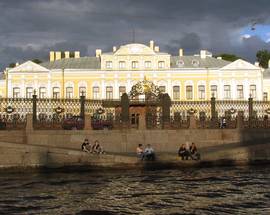
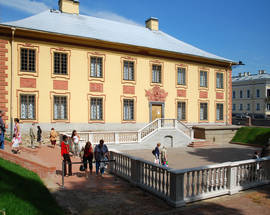

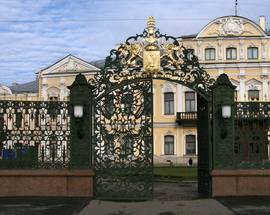
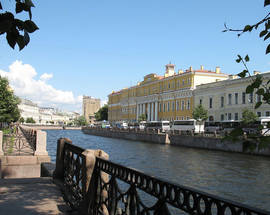
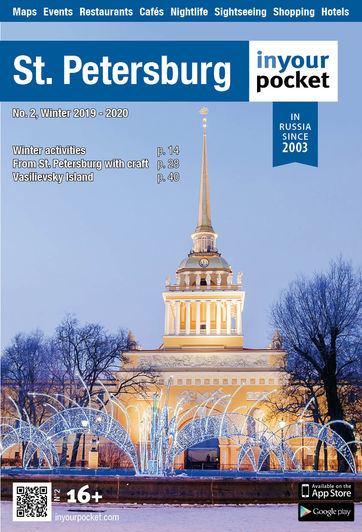


Comments